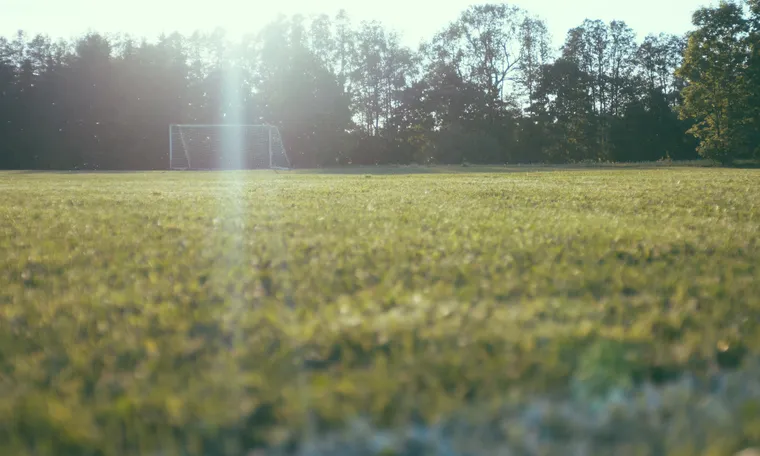Laying The Foundation
When it comes to improving natural-grass fields—be it bare spots, pooling, or other problems—many park departments turn to tried-and-true solutions.
“One way is to use a chemical-intensive system and have the lawn people come every few weeks and lay down chemicals and fertilizer,” says Liz Harriman, Deputy Director for the Massachusetts Toxics Use Reduction Institute (TURI). But TURI’s work proves there are other options.
Take for instance a June 2019 case study that TURI released about the city of Springfield, Mass. In 2014, with the support of a TURI grant, the Department of Parks, Buildings, and Recreation Management launched a citywide program to transition 67 acres of natural turf to organic management. The department spent slightly under $1,500 per acre across all properties, including a mix of sports fields, park areas, and other lands, and was able to eliminate pesticides from its maintenance plan while still satisfying the needs of athletes and other park visitors.
“The other way is to try to really change the whole system and make an organic grass system,” Harriman says. “It takes a bit of work and some expertise, but then you save a ton of money and chemicals and hazards and health effects to those babies and pets crawling around on the grass. Those are costs and outcomes that you can’t ever quantify.”


